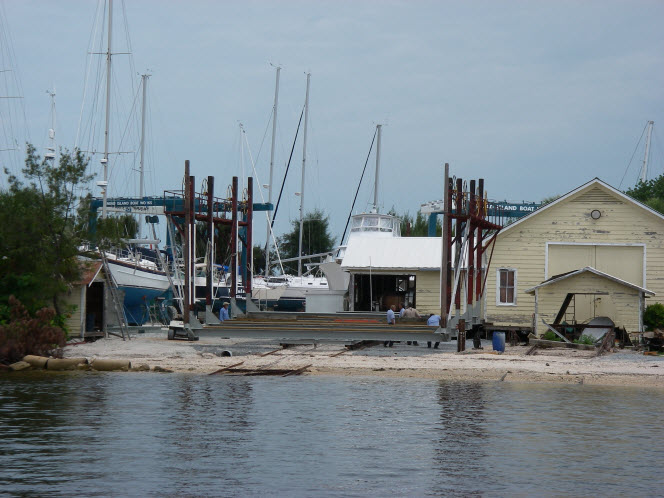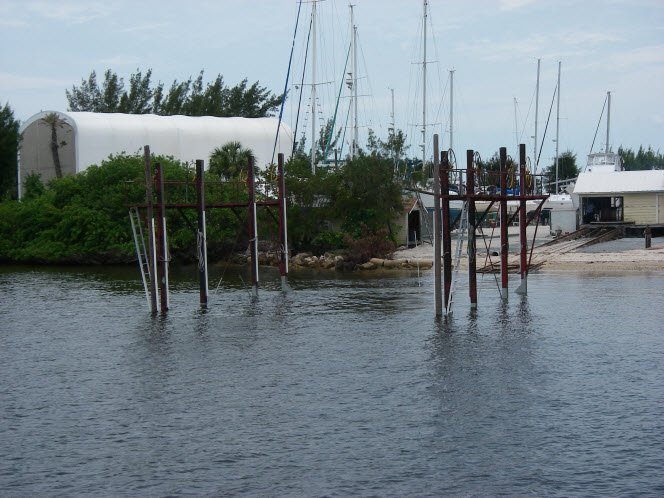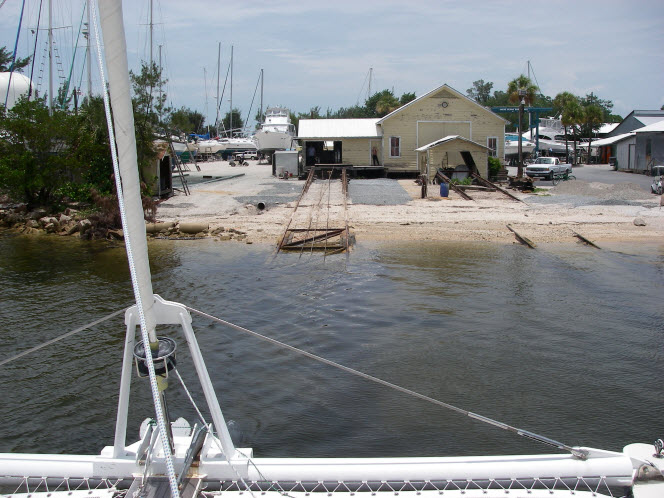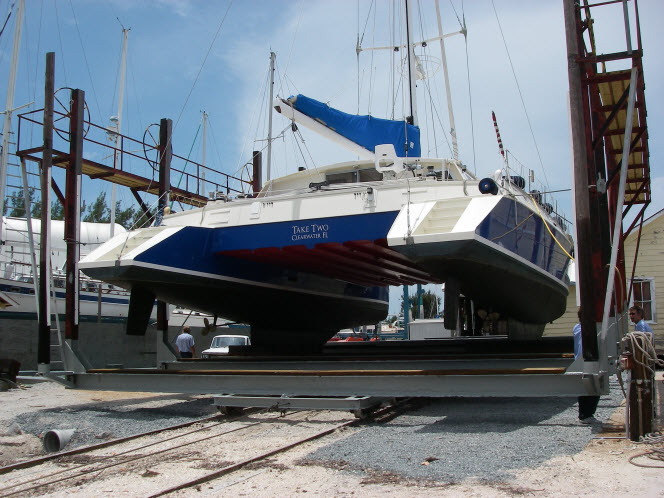Little by little. That’s the short answer. Here’s a shorter one: arson. For a few days after returning from the month-long live-aboard experiment, I felt completely overwhelmed. It seemed an impossible task—I was surrounded by so much STUFF, and I had to actually deal with each object. For about a week I had this niggling thought that it would be a relief if the house caught fire and I wouldn’t have to think about what to do with everything. When I vented to Jay, he basically said he didn’t want to join my stress fest and he wasn’t too worried about it. He has bigger fish to fry.
Emotionally, I started to let go of my stuff about a year ago. I started with my tea-pot collection because it means the most to me and I can’t take it; besides, tea-pots and cups make the best gifts to friends and family with whom I have shared a cuppa’ over the years. We can still share a cup of tea halfway across the world from each other if they think of me while pouring.
I now have lengthy lists of every item in every room, with a little mark next to each item indicating where it goes: B for boat, S for storage and D/S for donate/sell. I packed up all the home-school stuff once we finished our year, getting rid of all excess packaging and making everything fit into small bins. Clothes are easy: everyone gets 10 changes and the rest get donated. That allows for a week’s worth of laundry to build up, which is a lot, and usually laundry day comes every four days, and has to be done by hand until we do a renovation of the navigation table and put a compact electric washer/dryer beneath it. We’re not that fond of any of our furniture, so it will be sold. Kitchen gadgets are a toughie, because I’m really attached to things like my Italian pasta-maker, waffle iron, and vacuum sealer. Kids’ toys might be tough, as they will have to say good-by to their stuff, too. Some of the toys will go to cousins, but the smaller, more versatile toys get to come with us: Eli and Aaron need little besides their bin of Legos, Sarah has some magnet dolls (like paper dolls), a baby and a small horse barn, and Sam is happy with a few train tracks and Duplos. They spend a lot of time in and around the water, collecting and observing interesting specimens from the sea, and inside reading, playing games, or doing puzzles and art projects, so I’m not too worried about keeping them busy when we’re not doing school. Besides, there’s always laundry they can help with if they get bored!
Book sorting was actually the hardest task, as Jay and I are both avid readers and book-lovers. I donated 8 boxes to the local Friends of the Library Book Store, 3 boxes to various friends, and a box to the marina laundry-room book swap. Photo albums will go into storage, and we’ll just have to enjoy the occasional digital trip down memory lane. Several boxes of leather-bound books will go into storage, and several boxes of books I deem necessary for boat-schooling will—hopefully—fit on the boat. I guess I’ll pack in as many books and kitchen gadgets as I can and whatever doesn’t fit will go into storage.
Of course, I keep remembering how little I seem to need when we are afloat. There’s just no way to squeeze our land-life onto the boat, so why try? It’s almost better to pack it all into a storage unit, empty the boat, and then only bring aboard what is absolutely necessary. Start from scratch. I’ll let you know how it goes.




